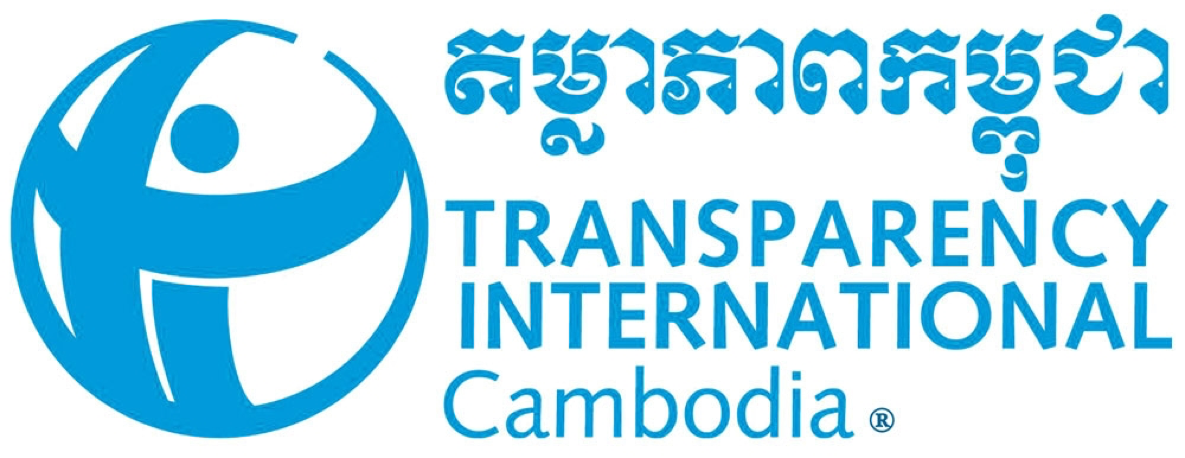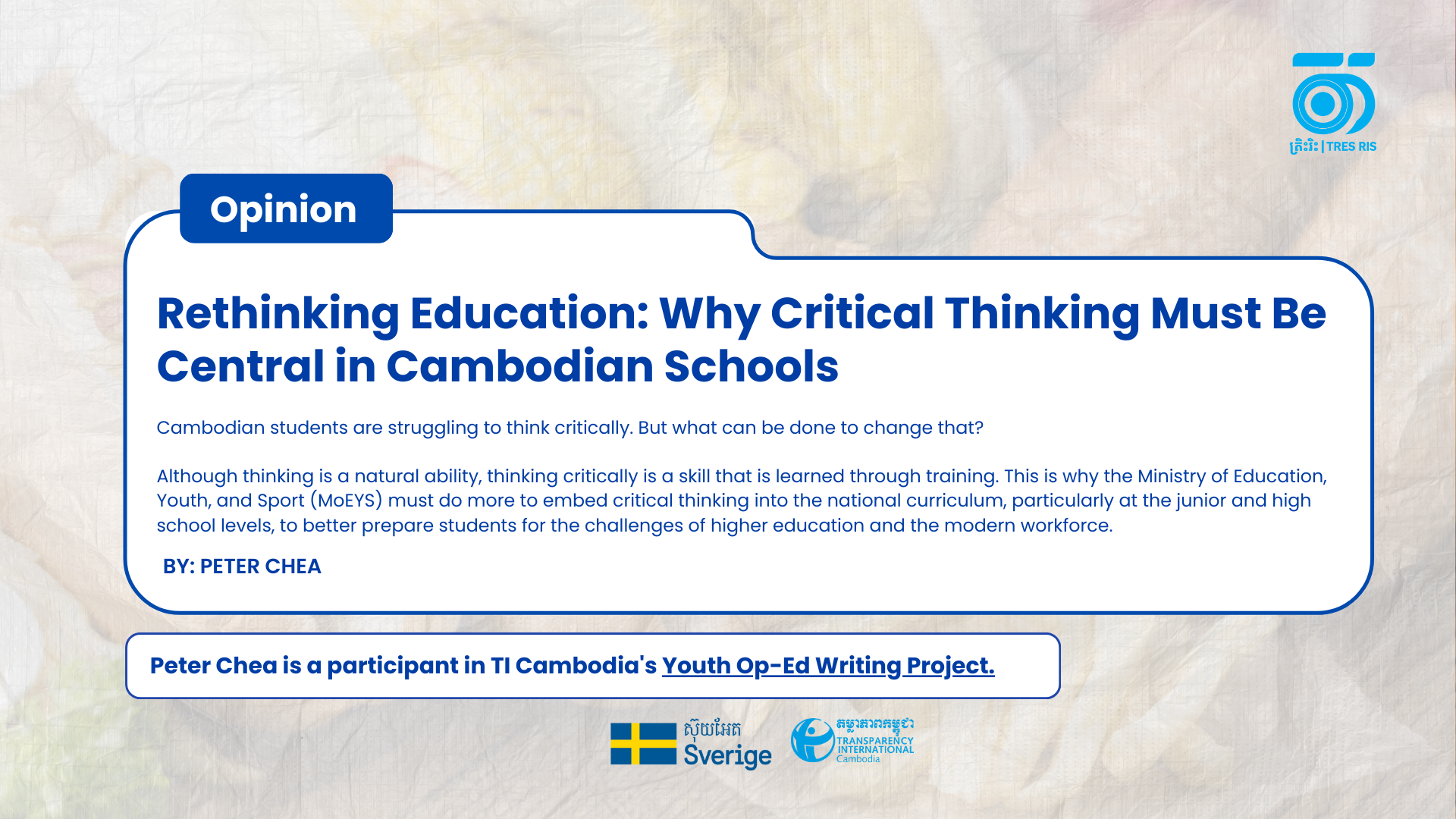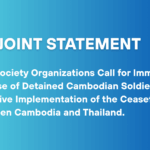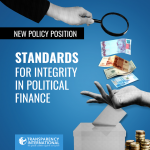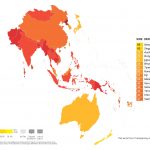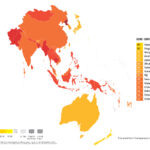Rethinking Education: Why Critical Thinking Must Be Central in Cambodian Schools
Cambodian students are struggling to think critically. But what can be done to change that?
Critical thinking—the ability to “see both sides of an issue (https://www.researchgate.net/publication/242479451_Critical_Thinking_Why_Is_It_So_Hard_to_Teach), be open to new evidence, reason dispassionately, demand that claims be backed by evidence, and solve problems”—is essential in daily life. Whether it’s deciding on a career path, managing finances, or making informed voting choices, this skill underpins many of the decisions we make. The World Economic Forum (https://www.weforum.org/agenda/2016/03/21st-century-skills-future-jobs-students/) lists it as a crucial “21st-century skill” for young people to succeed in a competitive global economy.
Yet, in Cambodia, students’ capacity for critical thinking (https://cefcambodia.com/2021/12/15/critical-thinking-an-essential-yet-missing-skill-among-cambodian-students/) remains worryingly underdeveloped (https://www.khmertimeskh.com/50182/critical-thinking-a-missing-skill-among-students/ ).
Although thinking is a natural ability, thinking critically is a skill that is learned through training. This is why the Ministry of Education, Youth, and Sport (MoEYS) must do more to embed critical thinking into the national curriculum, particularly at the junior and high school levels, to better prepare students for the challenges of higher education and the modern workforce.
To its credit, MoEYS has acknowledged this need in its “Education Strategic Plan 2019-2030” (http://cdc-crdb.gov.kh/en/twg-jmi/sector_strategy/ESP2019-2023_EN.pdf), which aims to modernize teaching methods. One key strategy calls for incorporating “higher-order thinking skills” like critical and creative thinking, as well as inquiry-based learning and STEM approaches. However, these reforms currently focus only on primary school teachers, and tangible progress remains elusive.
The general education system still promotes a teacher-centered approach (https://www.researchgate.net/publication/235270429_A_critical_reflection_of_teacher_professionalism_in_Cambodia), where students passively absorb information and follow instructions without question. Teachers continue to be seen as authoritative figures, expected to lead rather than guide students in their learning. This dynamic is reinforced by cultural norms (https://www.researchgate.net/publication/376805802_The_Challenges_of_Adopting_a_Learner-Centered_Approach_to_On-Line_English_Teacher_Education_A_Teacher-Research_Study_on_Jigsaw_Reading_and_PeerTeaching_in_Cambodia) that view critical questioning as disrespectful, challenging the teacher’s authority and expertise, given the traditional hierarchical relationship between teachers and students (https://www.oecd.org/en/about/programmes/pisa.html). As a result, curiosity is stifled, and students’ ability to think independently is limited. This creates a significant challenge when they transition to higher education, where critical thinking is not only encouraged but required. For many, the late introduction of this skill leaves them with little time to refine it, placing them at a disadvantage.
Singapore’s experience offers valuable lessons in cultivating critical thinking. In 1997, Singapore’s Ministry of Education launched the “Thinking Schools, Learning Nation” (TSLN) initiative to integrate critical and creative thinking into school curriculums. The initiative reduced subject content, redefined teacher roles, and introduced lifelong learning programs. These reforms allowed schools greater autonomy to design curriculums that unlock students’ potential while empowering teachers to facilitate critical and creative thinking.
However, Singapore also faces cultural challenges similar to those in Cambodia. Teachers often hold a hierarchical standing above students, which discourages students from disagreeing with them due to the potential for negative judgment or reproach. Furthermore, there is a common misconception that critical thinking equates to criticism. This leads some to view critical thinking as a “disruptive” (https://doi.org/10.1002/berj.3295) process in the classroom, making students anxious about using it for fear they will have to justify their “disruptive” thoughts to both peers and teachers.
So how can Cambodia apply these lessons? First, critical thinking cannot be cultivated overnight. MoEYS needs to develop a long-term strategy with clear goals and policies that build upon one another. This approach should involve diverse perspectives from various stakeholders to ensure the reforms are holistic and inclusive.
Cambodian teachers will also need proper training and support to shift their teaching approaches (https://www.researchgate.net/publication/271446265_Creative_and_Critical_Thinking_in_Singapore_Schools). Research suggests that professional development focused on critical thinking can significantly improve teachers’ ability to engage students in higher-order thinking (https://www.mdpi.com/2227-7102/13/8/837).
Equally important is giving students opportunities to practice critical thinking among themselves, fostering a safe environment where ideas are shared freely, not spoon-fed (https://bera-journals.onlinelibrary.wiley.com/doi/10.1002/berj.3295). Fostering a classroom environment that encourages open dialogue and questioning can help shift cultural attitudes towards critical thinking (Sellars et al., 2018; https://www.mdpi.com/2227-7102/8/4/205).
Finally, incorporating problem-based learning (PBL) into the curriculum can provide students with opportunities to apply critical thinking skills in real-world contexts. PBL encourages students to work collaboratively to solve complex problems, thereby enhancing their analytical and evaluative skills (https://www.frontiersin.org/journals/education/articles/10.3389/feduc.2023.1139987/full ). This approach has been shown to improve student engagement and motivation, which are crucial for effective learning.
Critical thinking is an immensely valuable skill, and if the goal is to cultivate future generations of critical-thinking Cambodians, a stronger commitment to change is needed. The potential is there, as good government policies and practices exist that can be modeled and adapted. The remaining obstacles have been identified, and solutions proposed. The question is: are we willing to act?
*Peter Chea is a participant in Transparency International Cambodia’s Youth Writing Op-Ed Project. The opinions expressed in this article are those of the author and do not necessarily reflect the official position of TI Cambodia or its funders.
 English
English